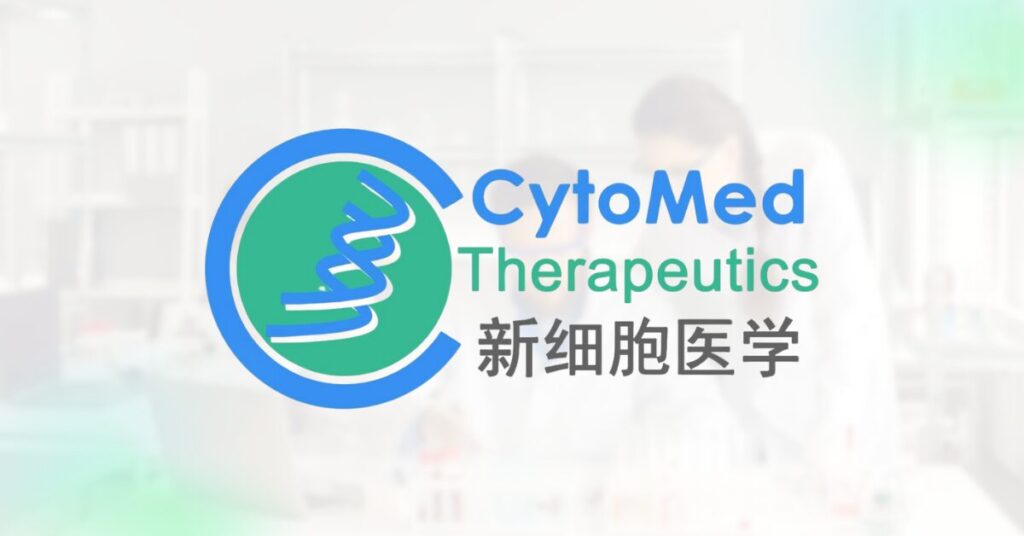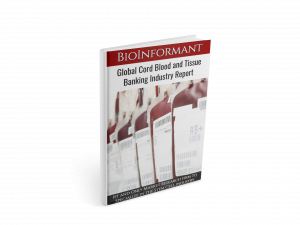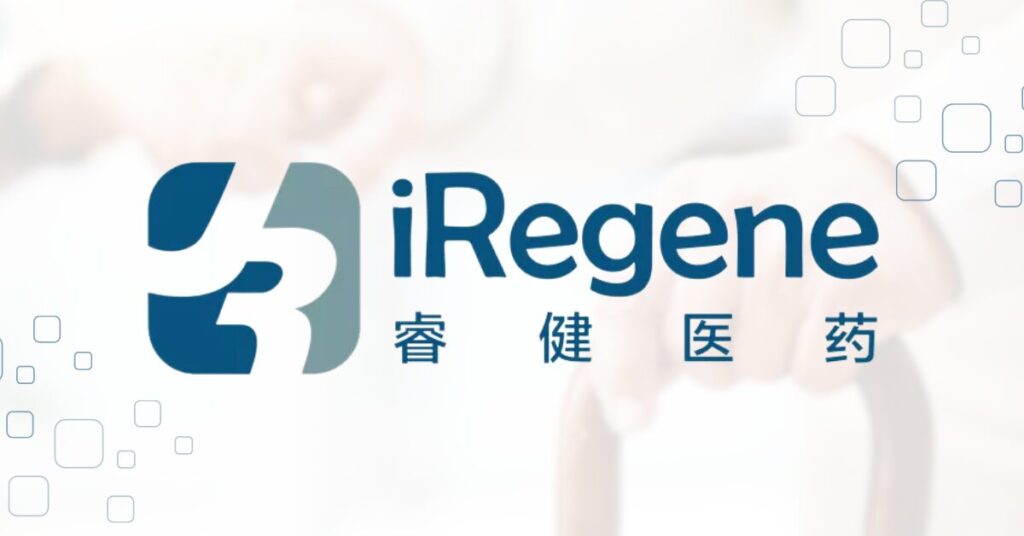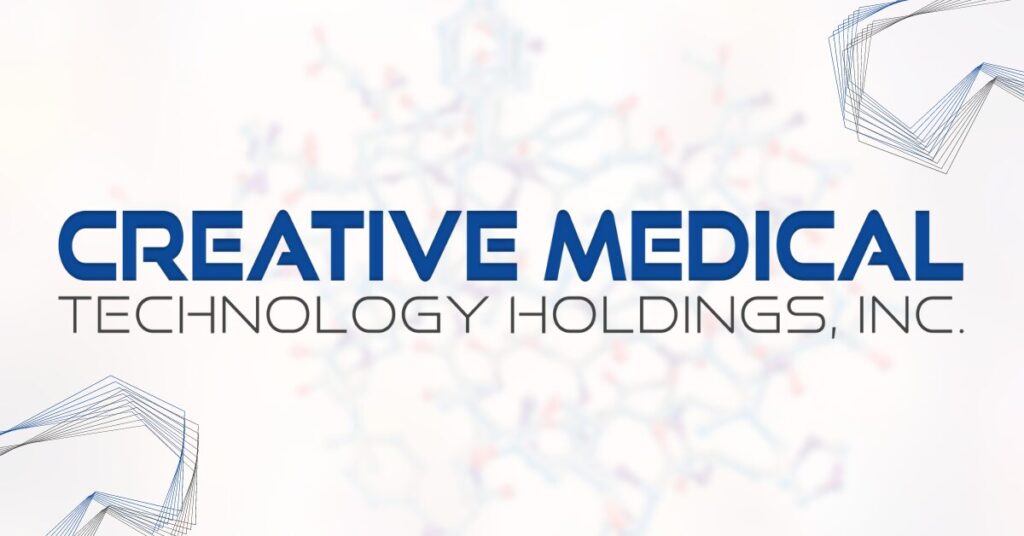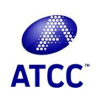First iPSC therapy candidate to be licensed from the strategic R&D collaboration forged between BlueRock, FUJIFILM Cellular Dynamics, and Opsis Therapeutics in 2021
Primary photoreceptor diseases affect the structure and function of the photoreceptor cells in the retina, leading to irreversible vision loss in children and adults
IND filing for OpCT-001 is planned for 2024
CAMBRIDGE, Mass., Jan. 23, 2024 — BlueRock Therapeutics LP, a clinical stage cell therapy company and wholly owned, independently operated subsidiary of Bayer AG, announced today that it has exercised its option to exclusively license OpCT-001, an induced pluripotent stem cell (iPSC) derived cell therapy candidate for the treatment of primary photoreceptor diseases, from FUJIFILM Cellular Dynamics and Opsis Therapeutics. OpCT-001 is the lead cell therapy candidate being developed under the strategic R&D collaboration between BlueRock, FUJIFILM Cellular Dynamics, and Opsis Therapeutics that was forged in 2021. Under the terms of the agreement FUJIFILM Cellular Dynamics, and Opsis Therapeutics receive an undisclosed license fee and are eligible to receive payments upon achievement of certain development and commercial milestones.
“We believe that cell therapy has great potential for restoring vision in patients who are living with retinal diseases,” said Ahmed Enayetallah, Senior Vice President and Head of Development at BlueRock Therapeutics. “Our collaboration with the FUJIFILM Cellular Dynamics and Opsis Therapeutics team has allowed us to execute important IND-enabling activities, and we are excited to advance OpCT-001 toward the clinic, with an IND filing planned for this year.”
Primary photoreceptor diseases are a subgroup of inherited retinal disorders that includes retinitis pigmentosa and cone rod dystrophies. These diseases affect the structure and function of the photoreceptor cells in the retina, leading to irreversible vision loss in both children and adults. No treatment options currently exist for this patient population. OpCT-001 aims to restore vision loss caused by these diseases by replacing degenerated tissue in the retina with functional cells.
About BlueRock Therapeutics LP
BlueRock Therapeutics LP is a clinical stage cell therapy company focused on creating cellular medicines to reverse devastating diseases. We are harnessing the power of cell therapy to create a pipeline of new medicines for patients suffering from neurological, cardiovascular, immunological, and ophthalmic diseases. Our lead clinical program, bemdaneprocel, (BRT-DA01) is in Phase I clinical trials for Parkinson’s disease. We were founded in 2016 as a joint venture of Versant Ventures and Leaps by Bayer, the impact investing arm of Bayer AG that invests in paradigm-shifting breakthrough innovation. In late 2019, BlueRock became a wholly owned, independently operated subsidiary of Bayer AG as a cornerstone of its newly formed Cell & Gene Therapy platform. Our culture is defined by the courage to persist regardless of the challenge, the urgency to transform medicine and deliver hope, integrity guided by mission, and community-mindedness with the understanding that we are all part of something bigger than ourselves.
About Bayer
Bayer is a global enterprise with core competencies in the life science fields of health care and nutrition. Its products and services are designed to help people and the planet thrive by supporting efforts to master the major challenges presented by a growing and aging global population. Bayer is committed to driving sustainable development and generating a positive impact with its businesses. At the same time, the Group aims to increase its earning power and create value through innovation and growth. The Bayer brand stands for trust, reliability and quality throughout the world. In fiscal 2022, the Group employed around 101,000 people and had sales of 50.7 billion euros. R&D expenses before special items amounted to 6.2 billion euros.


